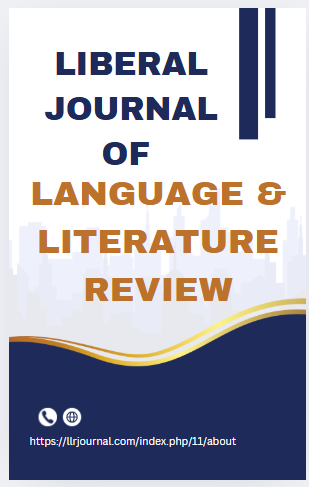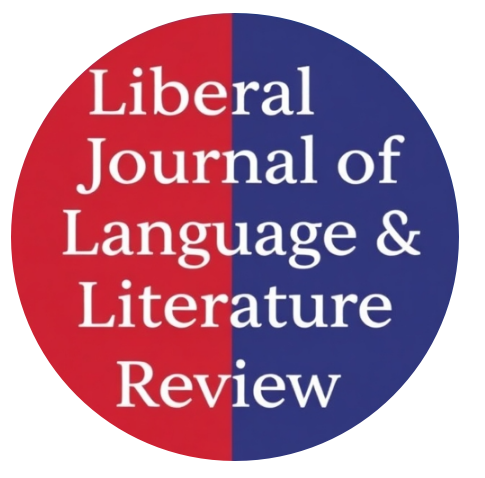Decoding The Holy Woman: A Reader Response Approach to Subjective Meaning Making
Abstract
This research article aims to analyze the novel The Holy Woman (2001) by Qaisra Sharaz through the lens of reader response theory by Frank Rosenblatt. The research is entirely qualitative. Different journals and articles related to reader response theory on this novel have been analyzed, judged and evaluated by the researcher and then finally concluded into a separate format. Reader Response Theory basically centralizes the role of the reader in creating the meaning of the text. After writing any literary work, there is no authority of the author to impose a fixed meaning upon the minds of the readers. Everybody has different interpretations, imaginations, experiences and opinions after reading this novel. This creates an aesthetic effect by combining the responses and standpoints of different readers. The novel has been analyzed through modern, psychological, feminist, traditional and western readers’ perspectives. It conveys the idea that readers who belong to different cultural backgrounds interpret the novel through their own lens. Through this way, any literary work can have various interpretations.
Keywords: Feminism, tradition, psychology, readers, meanings, interpretations




